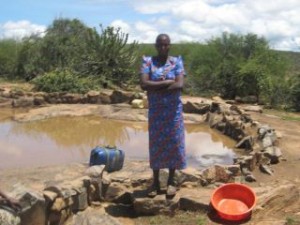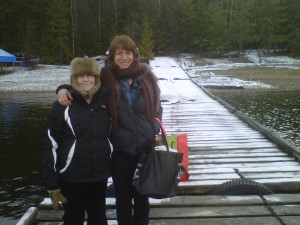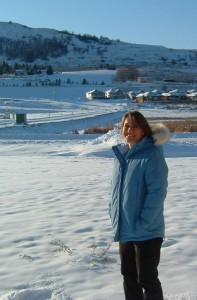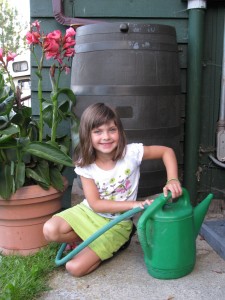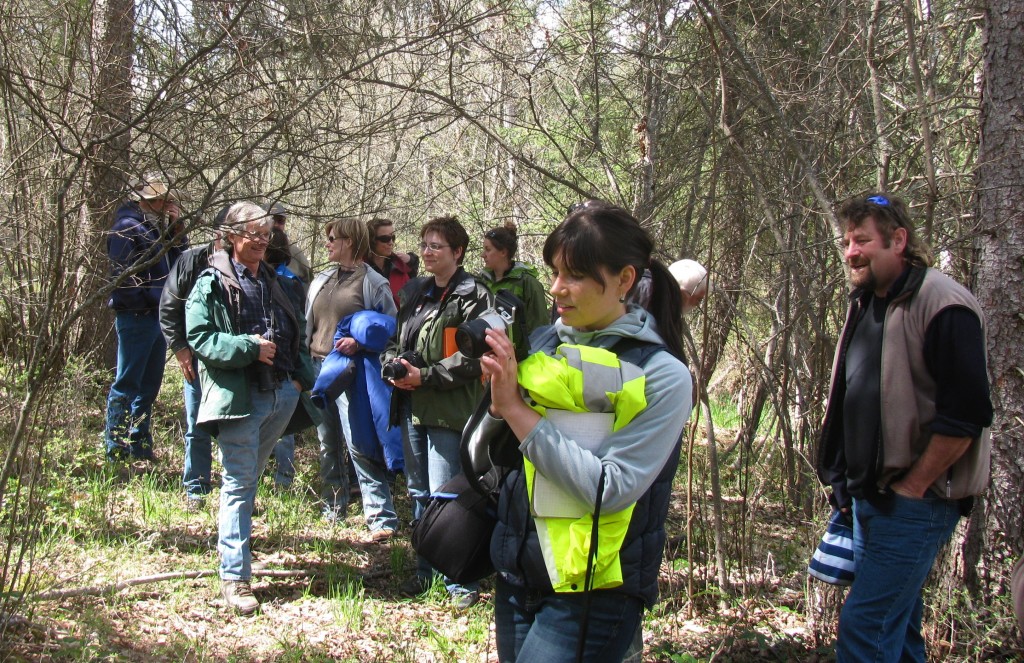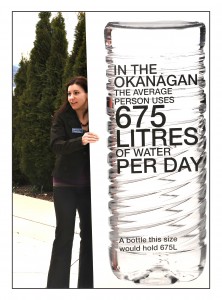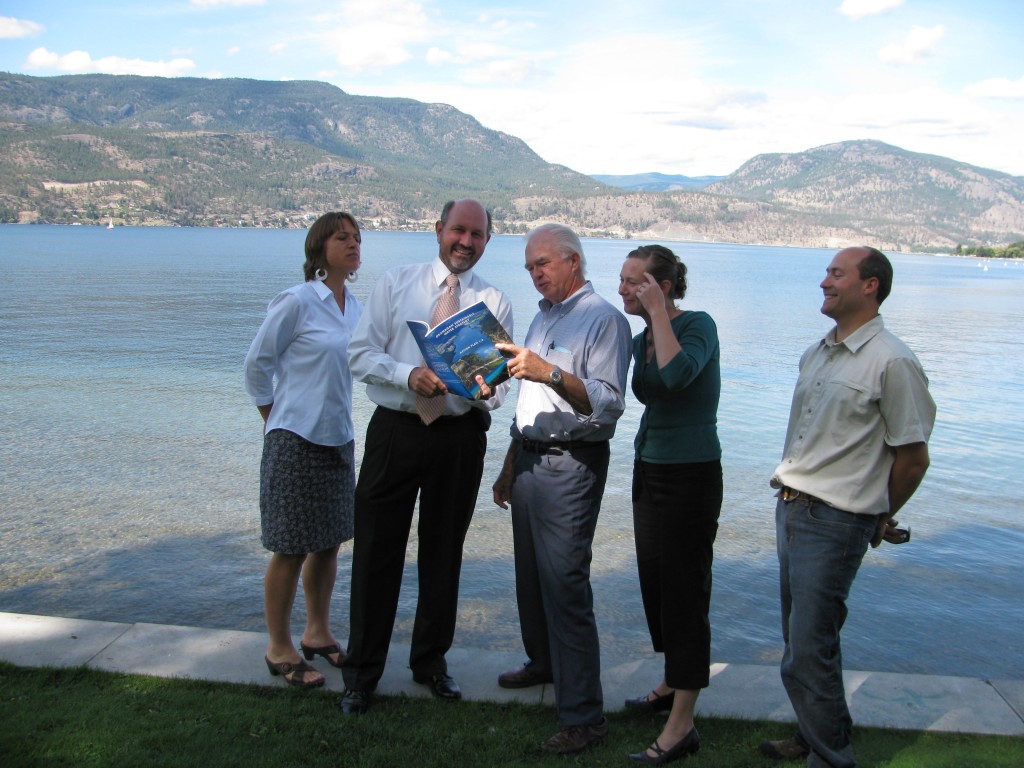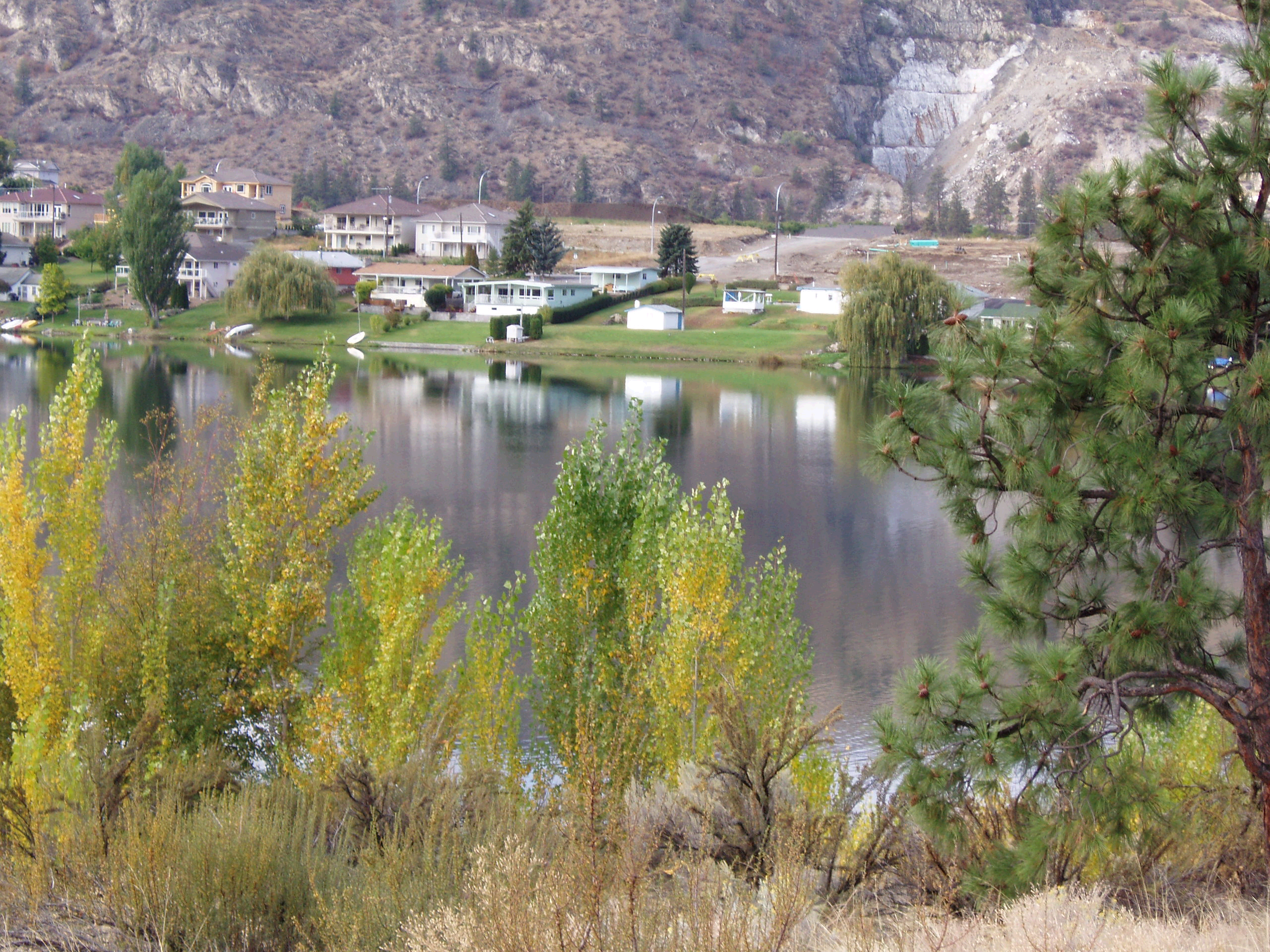“Why isn’t every day Water Day?” – Peter Gleick, on Twitter
Dear Readers,
Canada Water Week, and World Water Day (March 22) have come and gone, and I hope you all took the opportunity to lift a long, cool glass and marvel at the wonder and privilege to have such a beautiful, precious thing flow freely from our taps. Nonetheless, this seems a good opportunity to celebrate progress in the year past, to look at where we’ve fallen behind, and to make plans for the future.
First, I want to apologize for the long blog-drought on Building Bridges. Over the past few months I’ve been taking time for family: the short illness and peaceful passing of my father. He had a great love for this blog, and I often thought of him while writing – to educate and entertain an intelligent, caring member of the public. In that spirit, I continue. Continue reading



